Home>Furniture & Design>Outdoor Furniture>How To Hide Outdoor Utility Boxes
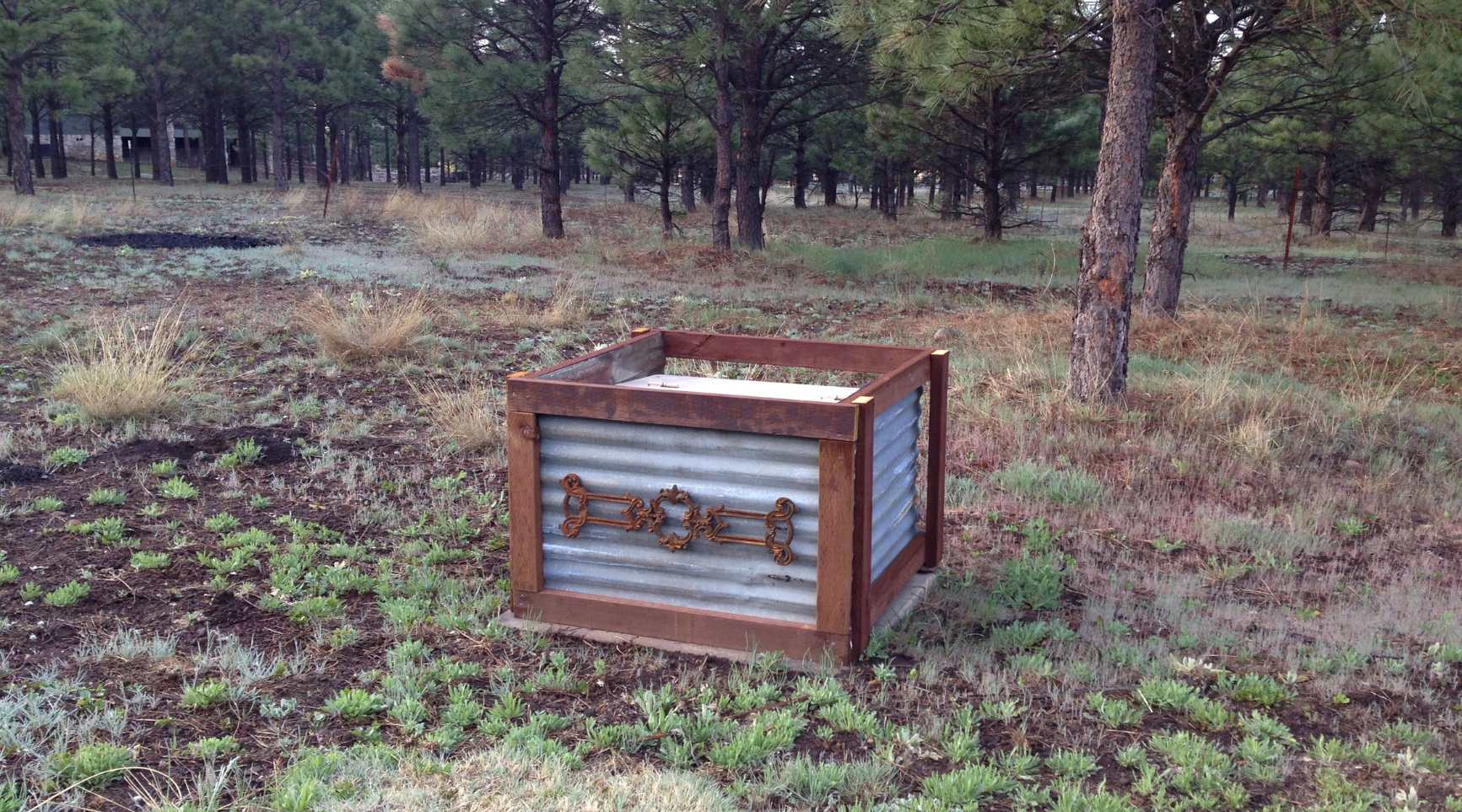

Outdoor Furniture
How To Hide Outdoor Utility Boxes
Modified: January 18, 2024
Learn how to conceal outdoor utility boxes with clever outdoor furniture and design solutions. Hide unsightly utility boxes with our expert tips and ideas.
(Many of the links in this article redirect to a specific reviewed product. Your purchase of these products through affiliate links helps to generate commission for Storables.com, at no extra cost. Learn more)
Introduction
Outdoor utility boxes are essential for housing various utilities such as electrical components, water meters, and cable connections. While these boxes serve a crucial function, they often lack aesthetic appeal and can detract from the overall beauty of your outdoor space. Fortunately, there are numerous creative and practical ways to effectively conceal these boxes, ensuring they remain accessible while seamlessly blending into the surroundings.
In this comprehensive guide, we will explore the art of hiding outdoor utility boxes, offering valuable insights into the importance of concealment, the selection of suitable materials, and the construction of screens or enclosures. Additionally, we will delve into the integration of decorative elements to harmonize with the environment, as well as the maintenance and accessibility considerations vital for long-term functionality.
Whether you are a homeowner seeking to enhance your outdoor oasis or a design enthusiast looking to elevate the visual appeal of your space, this article will equip you with the knowledge and inspiration needed to effectively disguise outdoor utility boxes. Let's embark on this transformative journey to seamlessly integrate these functional elements into your outdoor haven.
Key Takeaways:
- Transform your outdoor space by concealing utility boxes with creative screens and decorative elements, blending functionality with visual appeal for a harmonious and inviting environment.
- Prioritize durability, accessibility, and maintenance when hiding outdoor utility boxes to sustain the seamless integration of functional elements within the outdoor environment.
Read more: How To Hide A Litter Box
Understanding the Importance of Hiding Outdoor Utility Boxes
Outdoor utility boxes, though indispensable, can disrupt the visual harmony of your outdoor space. These utilitarian structures, typically housing meters, valves, and other essential components, often feature unappealing designs that clash with the natural aesthetics of your surroundings. As a result, concealing these boxes is a strategic way to maintain the visual integrity of your outdoor area while ensuring that the utilities remain easily accessible.
By concealing outdoor utility boxes, you can elevate the overall aesthetics of your outdoor space, creating a more inviting and cohesive environment. This is particularly important if you frequently entertain guests or simply wish to enjoy a serene and visually pleasing outdoor setting. Additionally, hiding these boxes can contribute to a safer environment, especially for children and pets who may be tempted to explore or play near these structures.
Moreover, concealing outdoor utility boxes can align with your efforts to create a sustainable and environmentally friendly outdoor space. By integrating natural elements, such as planters or decorative screens, you can contribute to the overall greenery of your surroundings, fostering a more eco-conscious and visually appealing outdoor area.
Furthermore, the act of concealing these boxes presents an opportunity to exercise creativity and design innovation. Whether through the use of stylish materials, strategic landscaping, or artistic embellishments, hiding outdoor utility boxes allows you to infuse your outdoor space with personalized touches that reflect your unique style and preferences.
Ultimately, the importance of hiding outdoor utility boxes lies in the transformative impact it can have on your outdoor environment. By seamlessly integrating these functional elements into the overall design scheme, you can achieve a harmonious and visually captivating outdoor space that embodies both practicality and aesthetic appeal.
Assessing the Location and Size of the Utility Boxes
Before embarking on the journey of concealing outdoor utility boxes, it is crucial to thoroughly assess their location and dimensions. This initial step lays the foundation for devising a concealment strategy that seamlessly integrates with the existing landscape while ensuring accessibility to the utilities housed within the boxes.
Begin by carefully surveying the placement of the utility boxes within your outdoor space. Take note of their proximity to pathways, landscaping features, and prominent areas where visual aesthetics are particularly important. Understanding the visibility of the boxes from various vantage points will aid in determining the most effective concealment approach.
Next, consider the size and dimensions of the utility boxes. Assessing their height, width, and depth will provide valuable insights into the space required for concealment structures or screens. Additionally, take into account any clearance requirements for maintenance and utility access to ensure that the concealment solution does not hinder the functionality of the boxes.
Furthermore, evaluate the surrounding landscape and architectural elements. Consider how the concealment of the utility boxes can complement the existing design features, such as garden beds, hardscaping elements, or outdoor furniture. This holistic approach will facilitate the seamless integration of the concealment solution into the overall outdoor environment.
It is also essential to assess the prevailing environmental conditions, such as exposure to sunlight, wind patterns, and potential impact from landscaping maintenance activities. These factors will influence the selection of materials and construction methods for the concealment solution, ensuring its durability and resilience in the outdoor setting.
By meticulously evaluating the location and size of the utility boxes, you can lay the groundwork for a concealment strategy that harmoniously conceals these functional elements while preserving their accessibility and functionality. This thoughtful approach sets the stage for the subsequent steps in the process of hiding outdoor utility boxes, empowering you to create a visually captivating and seamlessly integrated outdoor environment.
Choosing the Right Materials for Concealment
When concealing outdoor utility boxes, selecting the appropriate materials is paramount to achieving a seamless integration with the surrounding environment while ensuring durability and functionality. The choice of materials will play a pivotal role in the visual appeal, maintenance requirements, and long-term performance of the concealment solution.
One of the primary considerations when choosing materials for concealment is their ability to withstand outdoor conditions. Opt for weather-resistant materials that can endure exposure to sunlight, moisture, and fluctuating temperatures without deteriorating. This may include options such as pressure-treated wood, composite materials, or weatherproof metals, depending on the desired aesthetic and maintenance preferences.
Furthermore, consider the visual harmony between the chosen materials and the existing outdoor environment. Whether aiming for a natural, rustic look or a modern, sleek appearance, the materials used for concealment should complement the overall design aesthetic of the outdoor space. This cohesion will ensure that the concealment solution seamlessly blends with the surroundings, enhancing the visual appeal of the area.
In addition to aesthetics and durability, accessibility for maintenance and utility servicing should also influence the selection of materials. Opt for materials that allow for easy removal or access to the utility boxes when necessary, facilitating routine inspections and maintenance without compromising the concealment’s structural integrity.
Another crucial aspect to consider is the sustainability of the materials chosen for concealment. Embracing eco-friendly options, such as reclaimed wood, recycled composite materials, or natural plantings, can align with a commitment to environmental stewardship while adding a touch of organic charm to the outdoor space.
Ultimately, the choice of materials for concealing outdoor utility boxes should prioritize a harmonious blend of durability, visual appeal, accessibility, and sustainability. By thoughtfully considering these factors, you can select materials that not only effectively conceal the utility boxes but also contribute to the overall enhancement of your outdoor environment, creating a cohesive and visually captivating outdoor oasis.
Consider using outdoor-friendly camouflage netting or a decorative screen to hide utility boxes. Make sure to leave enough space for ventilation and easy access for maintenance.
Building a Screen or Enclosure
Constructing a screen or enclosure to conceal outdoor utility boxes requires a thoughtful approach that balances functionality, aesthetics, and accessibility. Whether opting for a freestanding screen, a lattice structure, or a custom enclosure, the construction process plays a pivotal role in seamlessly integrating the concealment solution with the outdoor environment.
Begin by determining the most suitable location for the screen or enclosure, taking into account the visibility of the utility boxes and their proximity to surrounding features. This strategic placement will ensure that the concealment structure not only effectively hides the boxes but also enhances the overall visual appeal of the outdoor space.
When selecting the design and construction method for the screen or enclosure, consider the existing architectural and landscaping elements. Aim to create a cohesive and harmonious structure that complements the style and character of the outdoor environment. Whether opting for a contemporary design with clean lines or a more ornate lattice pattern, the screen or enclosure should seamlessly blend with the surroundings.
Furthermore, prioritize accessibility when designing the screen or enclosure. Incorporate features that allow for easy maintenance and utility access, such as hinged panels, removable sections, or integrated doors. This consideration ensures that the concealment solution does not impede the functionality of the utility boxes and facilitates routine servicing when needed.
When it comes to construction materials, select options that align with the desired aesthetic while offering durability and weather resistance. Whether using wood, composite materials, metal, or a combination of these, the chosen materials should withstand outdoor conditions and require minimal maintenance to preserve their visual appeal over time.
Throughout the construction process, attention to detail is paramount. Ensure that the screen or enclosure is securely anchored to the ground, providing stability and longevity. Additionally, consider incorporating design elements, such as decorative trim, trellises for climbing plants, or integrated seating, to elevate the visual interest and functionality of the concealment structure.
By meticulously planning and executing the construction of a screen or enclosure to conceal outdoor utility boxes, you can achieve a seamless integration of functional and aesthetic elements within your outdoor space. This thoughtful approach not only enhances the visual appeal of the area but also contributes to a more inviting and harmonious outdoor environment, where utility boxes coexist with the surrounding landscape in a discreet and visually captivating manner.
Read more: How To Hide Outdoor Cables
Adding Decorative Elements to Blend with the Surroundings
Integrating decorative elements into the concealment of outdoor utility boxes presents an opportunity to infuse creativity and visual interest into the outdoor environment. By thoughtfully incorporating decorative features that harmonize with the surrounding landscape, you can elevate the concealment solution from a functional necessity to a captivating design element that enhances the overall aesthetic appeal of the outdoor space.
One approach to adding decorative elements is the strategic use of landscaping. Consider planting shrubs, ornamental grasses, or climbing vines around the concealment structure to soften its appearance and seamlessly integrate it with the natural surroundings. This greenery not only conceals the utility boxes but also contributes to a lush and inviting outdoor ambiance.
Furthermore, consider the addition of decorative panels, screens, or trellises that feature intricate patterns or artistic motifs. These elements can serve as focal points within the outdoor space while effectively concealing the utility boxes. Whether opting for custom-designed panels or pre-fabricated screens, the decorative elements should complement the existing design aesthetic, adding a touch of visual allure to the concealment solution.
Artistic embellishments, such as outdoor wall art, decorative metalwork, or mosaic accents, offer another avenue for infusing personality and charm into the concealment of utility boxes. These creative touches not only conceal the functional elements but also serve as conversation starters and points of visual interest within the outdoor environment.
Lighting can also play a transformative role in enhancing the decorative appeal of the concealment solution. Incorporating outdoor lighting fixtures, such as sconces, string lights, or discreetly placed spotlights, can illuminate the concealment structure and its surroundings, creating a captivating visual impact during evening hours.
When integrating decorative elements, it is essential to maintain a balance between visual appeal and practicality. Ensure that the chosen decorative features do not obstruct utility access or impede maintenance activities, preserving the functionality of the concealment solution while enhancing its aesthetic allure.
By thoughtfully adding decorative elements that blend with the surroundings, you can elevate the concealment of outdoor utility boxes from a utilitarian necessity to a visually captivating design feature within your outdoor space. This harmonious integration of functionality and aesthetics creates an inviting and visually engaging outdoor environment, where the concealment solution seamlessly coexists with the surrounding landscape, enriching the overall ambiance of the space.
Maintenance and Accessibility Considerations
Ensuring the long-term functionality and visual appeal of concealed outdoor utility boxes involves thoughtful planning and ongoing maintenance considerations. By addressing maintenance needs and prioritizing accessibility, you can sustain the effectiveness of the concealment solution while preserving the seamless integration of these functional elements within the outdoor environment.
Regular maintenance, including inspection and cleaning, is essential to uphold the visual appeal and structural integrity of the concealment structure. Depending on the materials used, maintenance tasks may include cleaning surfaces, inspecting for signs of wear or damage, and addressing any vegetation growth around the concealment solution. By establishing a routine maintenance schedule, you can proactively address any issues and ensure that the concealment remains visually appealing and structurally sound over time.
Accessibility to the utility boxes for servicing and maintenance is paramount. When designing and constructing the concealment solution, prioritize features that facilitate easy access to the utility boxes, such as hinged panels, removable sections, or integrated doors. This accessibility ensures that utility servicing can be performed without disruption, allowing for seamless functionality while preserving the visual integrity of the outdoor space.
Consider the impact of seasonal changes and environmental factors on the concealment solution. Ensure that the materials and construction methods are resilient to fluctuations in temperature, moisture exposure, and other outdoor conditions. Additionally, assess the concealment structure after extreme weather events to address any potential damage and maintain its visual appeal and functionality.
Integrating durable and low-maintenance materials into the concealment solution can streamline upkeep efforts. Opt for materials that resist deterioration, such as weatherproof metals, composite materials, or treated wood, to minimize the need for frequent maintenance while preserving the visual allure of the concealment structure.
Furthermore, proactive measures, such as sealing or weatherproofing, can extend the lifespan of the concealment solution and reduce the frequency of maintenance tasks. By implementing protective treatments and coatings, you can enhance the durability of the materials and safeguard the concealment against environmental wear and tear.
By addressing maintenance and accessibility considerations, you can uphold the functionality and visual appeal of concealed outdoor utility boxes, ensuring that the concealment solution seamlessly integrates with the outdoor environment while facilitating easy access for utility servicing. This proactive approach to maintenance and accessibility sustains the transformative impact of the concealment solution, contributing to a visually captivating and harmonious outdoor space.
Conclusion
The art of concealing outdoor utility boxes transcends mere functionality, offering a transformative opportunity to seamlessly integrate these essential elements into the visual tapestry of your outdoor environment. By embarking on the journey of hiding outdoor utility boxes, you have the power to elevate the aesthetic appeal of your outdoor space, creating a harmonious and inviting haven that balances practicality with captivating design.
Understanding the importance of concealing outdoor utility boxes unveils the potential to enhance the visual harmony and safety of your outdoor environment. By seamlessly integrating these functional elements into the overall design scheme, you can achieve a cohesive and visually captivating outdoor space that embodies both practicality and aesthetic appeal.
Assessing the location and size of the utility boxes serves as the foundation for devising a concealment strategy that seamlessly integrates with the existing landscape while ensuring accessibility to the utilities housed within the boxes. This thoughtful evaluation sets the stage for the subsequent steps in the process of hiding outdoor utility boxes, empowering you to create a visually captivating and seamlessly integrated outdoor environment.
Choosing the right materials for concealment is a pivotal decision that influences the durability, visual appeal, and sustainability of the concealment solution. By thoughtfully considering weather resistance, visual harmony, accessibility, and sustainability, you can select materials that not only effectively conceal the utility boxes but also contribute to the overall enhancement of your outdoor environment.
Building a screen or enclosure to conceal outdoor utility boxes requires a thoughtful approach that balances functionality, aesthetics, and accessibility. By meticulously planning and executing the construction of a screen or enclosure, you can achieve a seamless integration of functional and aesthetic elements within your outdoor space, creating a visually captivating and harmonious outdoor oasis.
Adding decorative elements that blend with the surroundings elevates the concealment of outdoor utility boxes from a utilitarian necessity to a visually captivating design feature within your outdoor space. This harmonious integration of functionality and aesthetics creates an inviting and visually engaging outdoor environment, where the concealment solution seamlessly coexists with the surrounding landscape, enriching the overall ambiance of the space.
Maintenance and accessibility considerations are essential to sustaining the effectiveness of the concealment solution while preserving the seamless integration of these functional elements within the outdoor environment. By addressing maintenance needs and prioritizing accessibility, you can uphold the functionality and visual appeal of the concealment solution, contributing to a visually captivating and harmonious outdoor space.
In conclusion, the art of hiding outdoor utility boxes is a transformative journey that empowers you to create a visually captivating and seamlessly integrated outdoor environment. By embracing creativity, thoughtful planning, and a holistic approach to design, you can conceal these functional elements while elevating the overall aesthetic appeal of your outdoor space, resulting in a harmonious and inviting haven that balances practicality with captivating design.
Frequently Asked Questions about How To Hide Outdoor Utility Boxes
Was this page helpful?
At Storables.com, we guarantee accurate and reliable information. Our content, validated by Expert Board Contributors, is crafted following stringent Editorial Policies. We're committed to providing you with well-researched, expert-backed insights for all your informational needs.

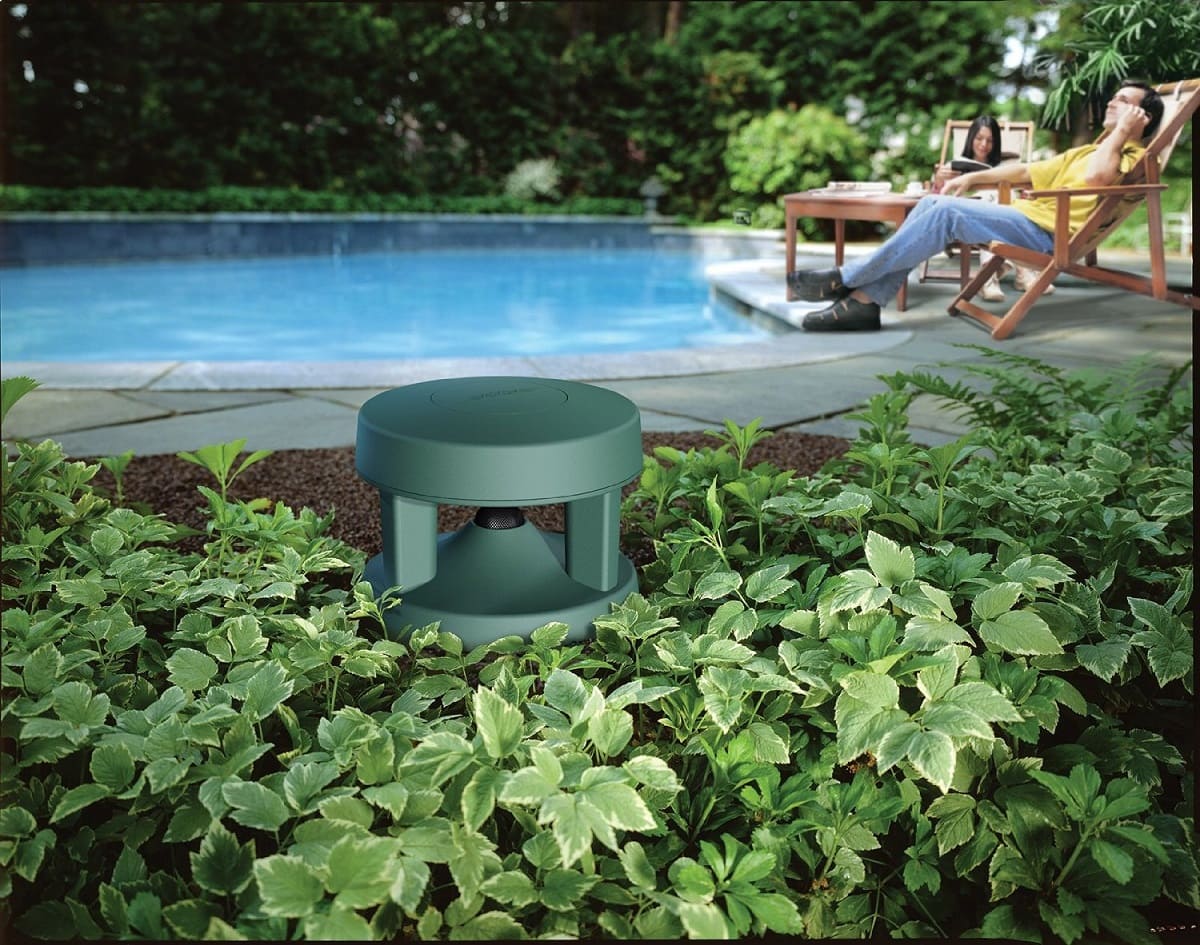
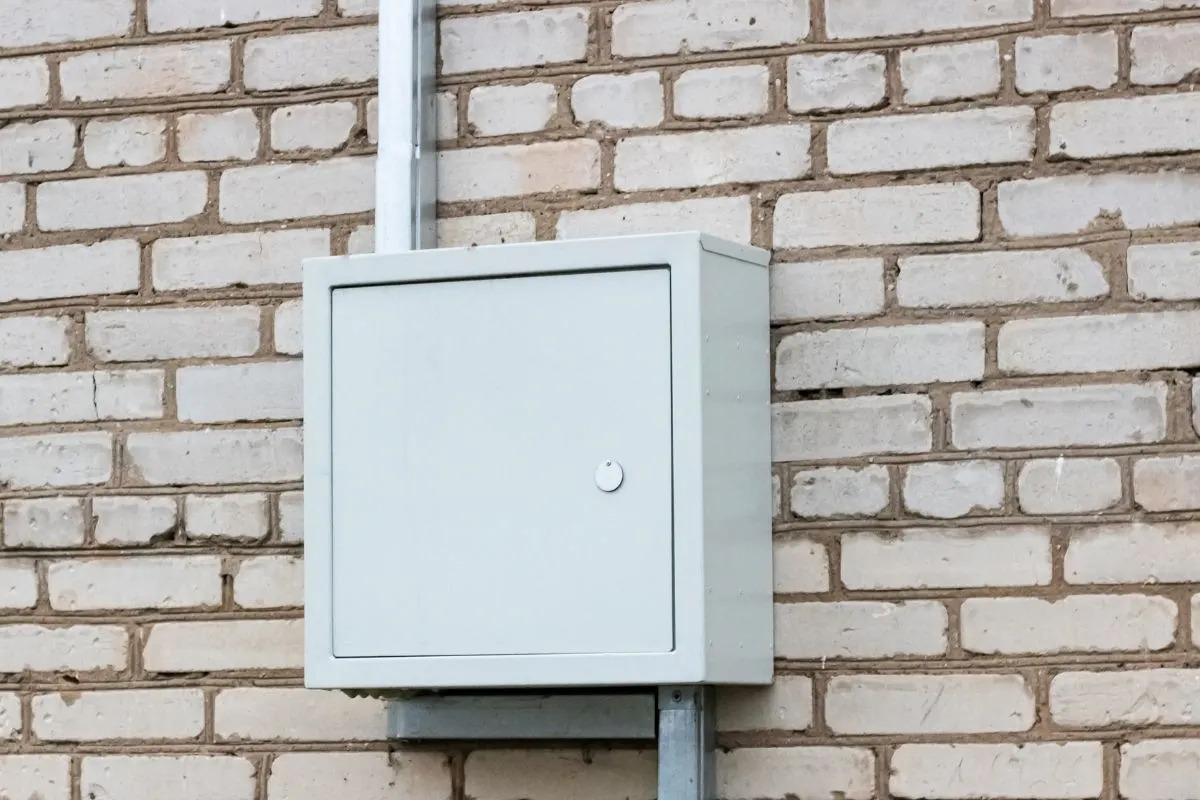
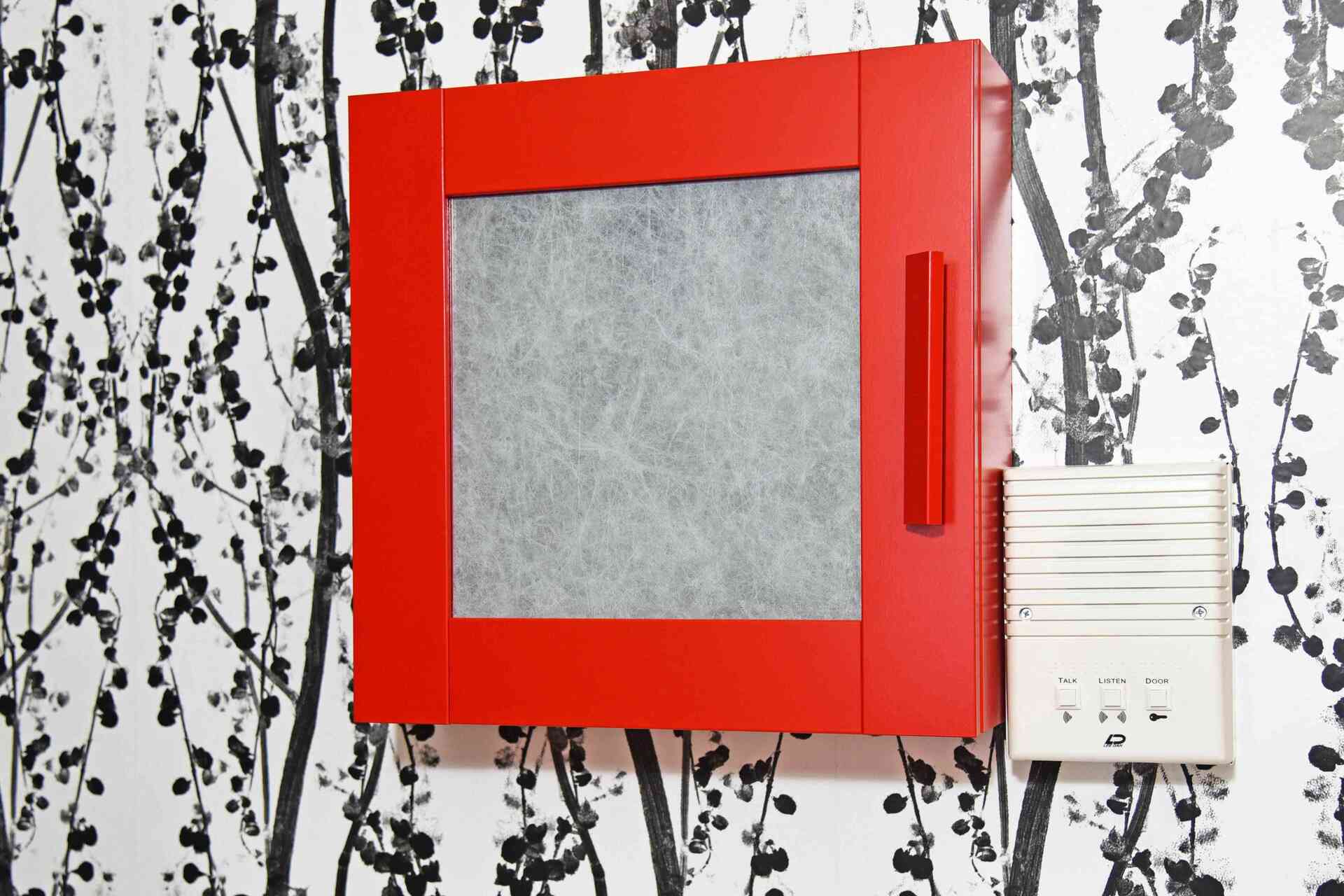
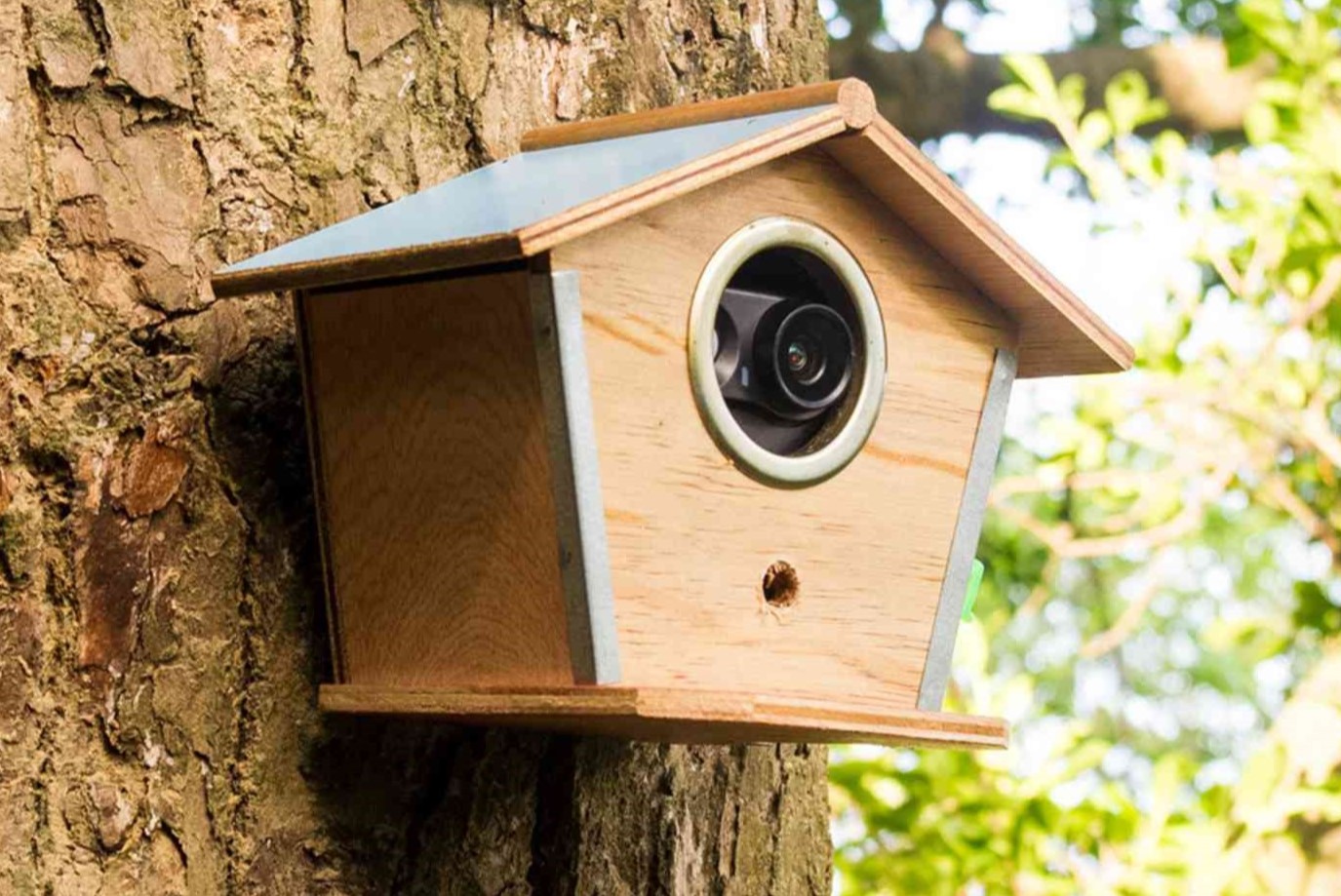
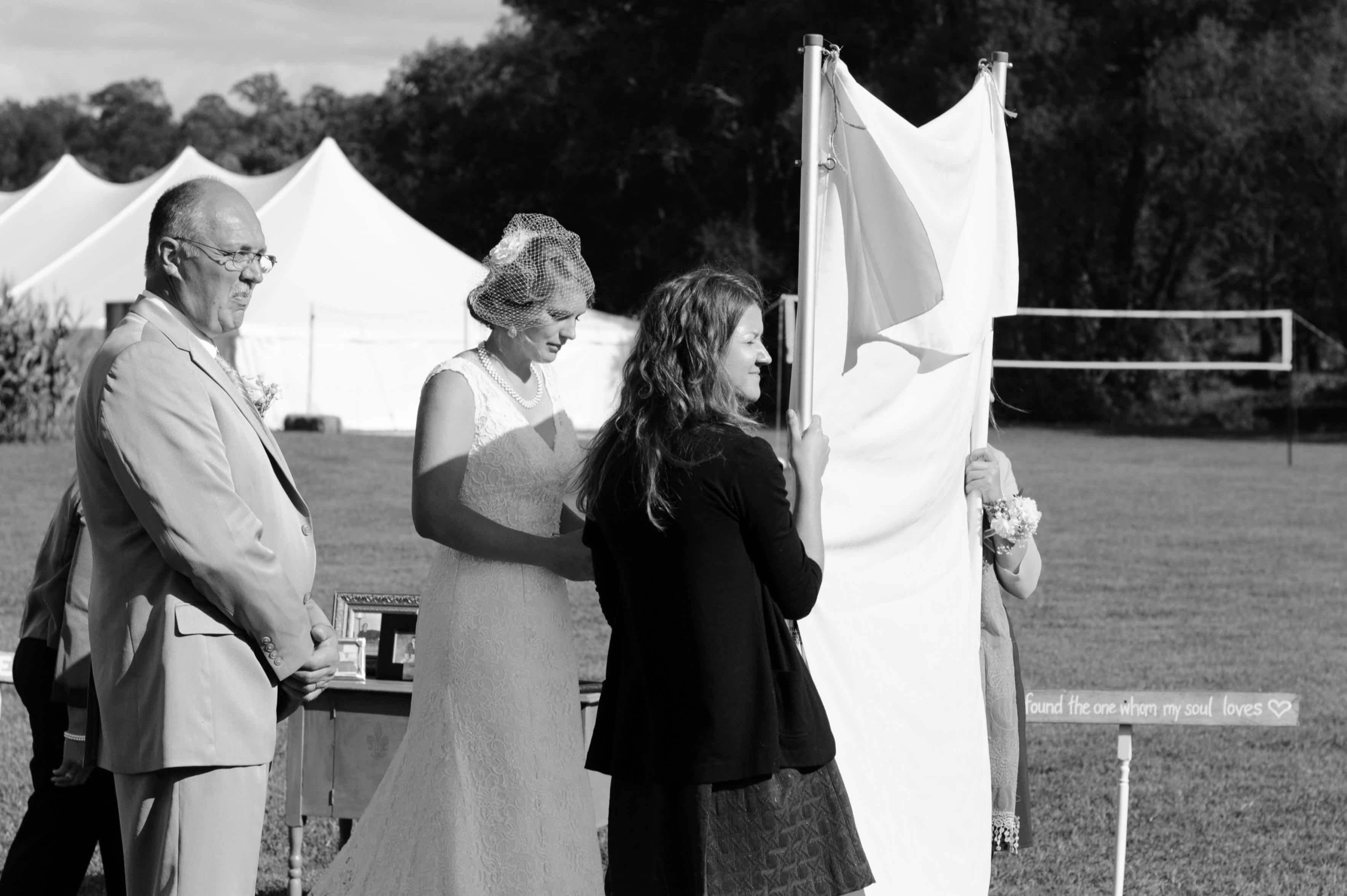
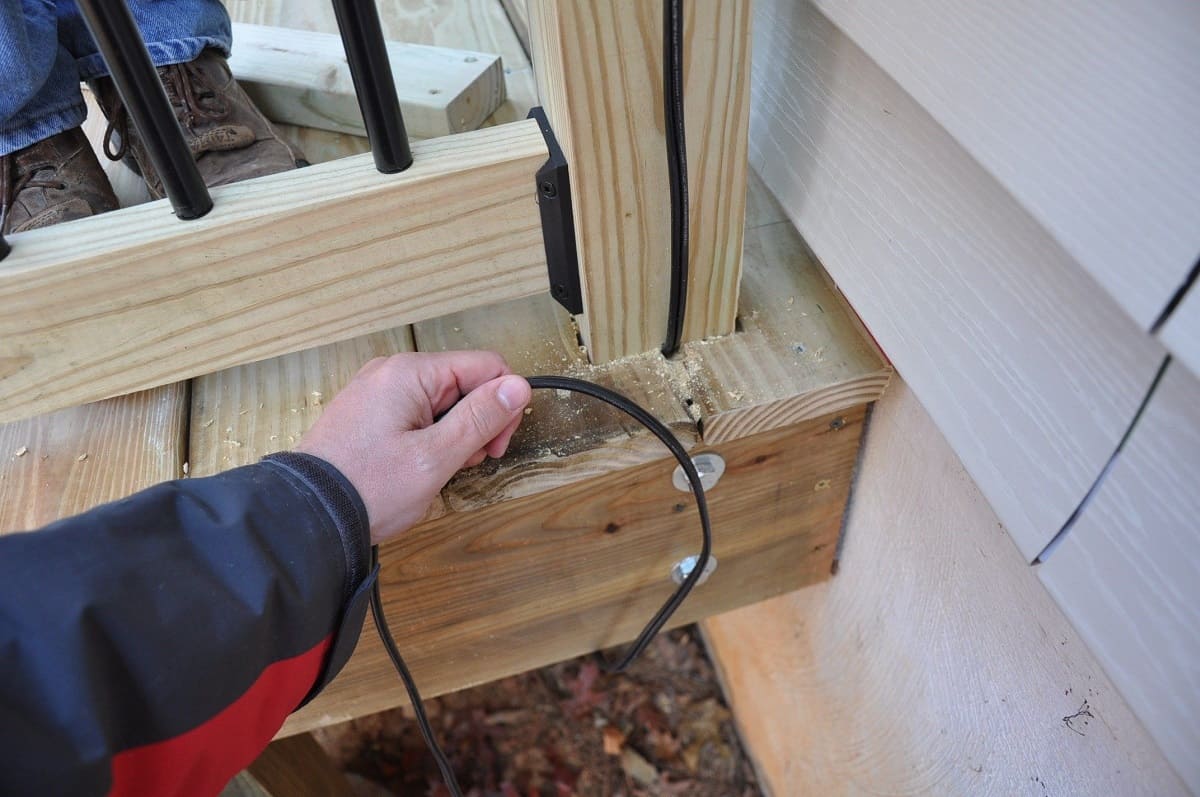
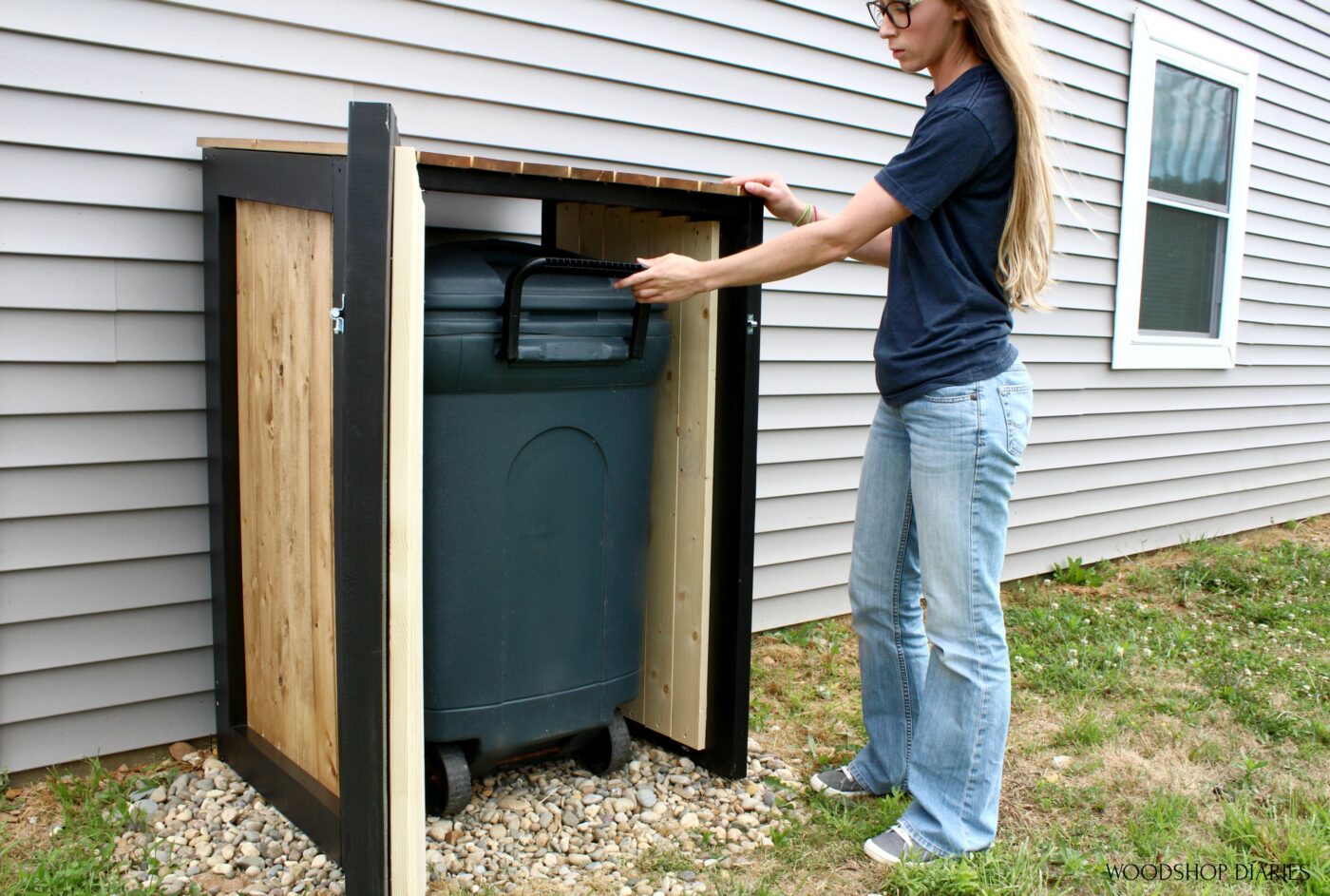
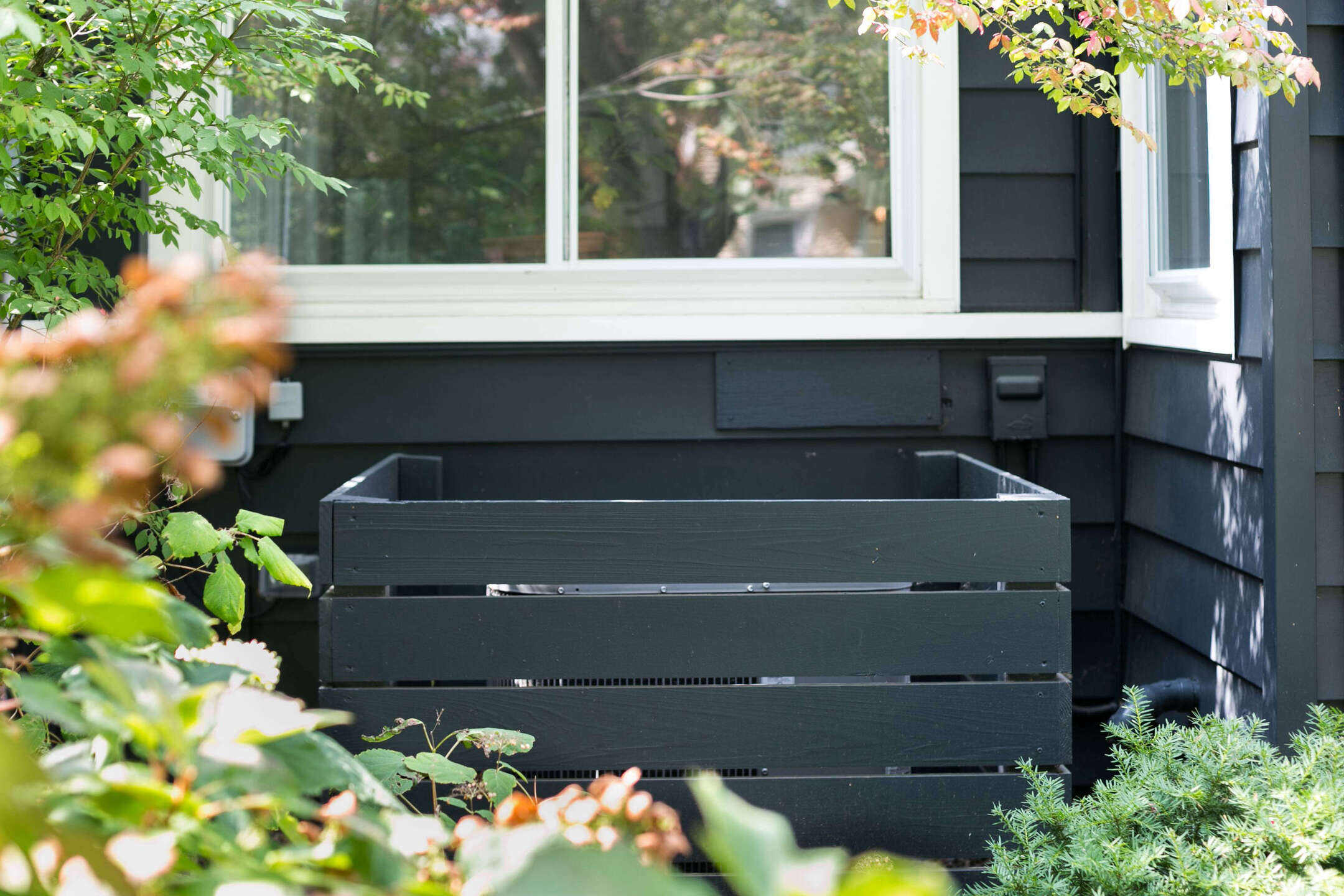
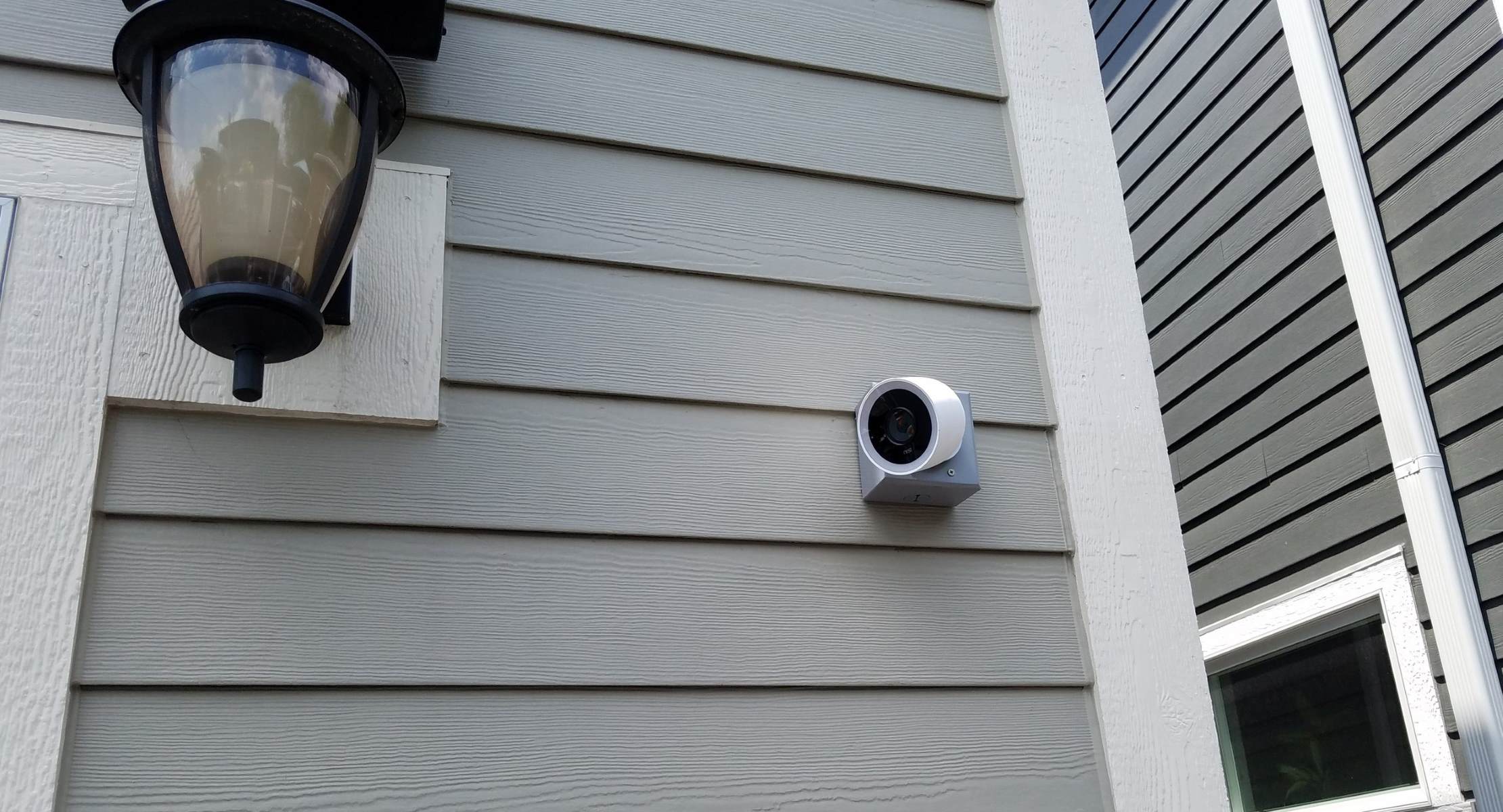
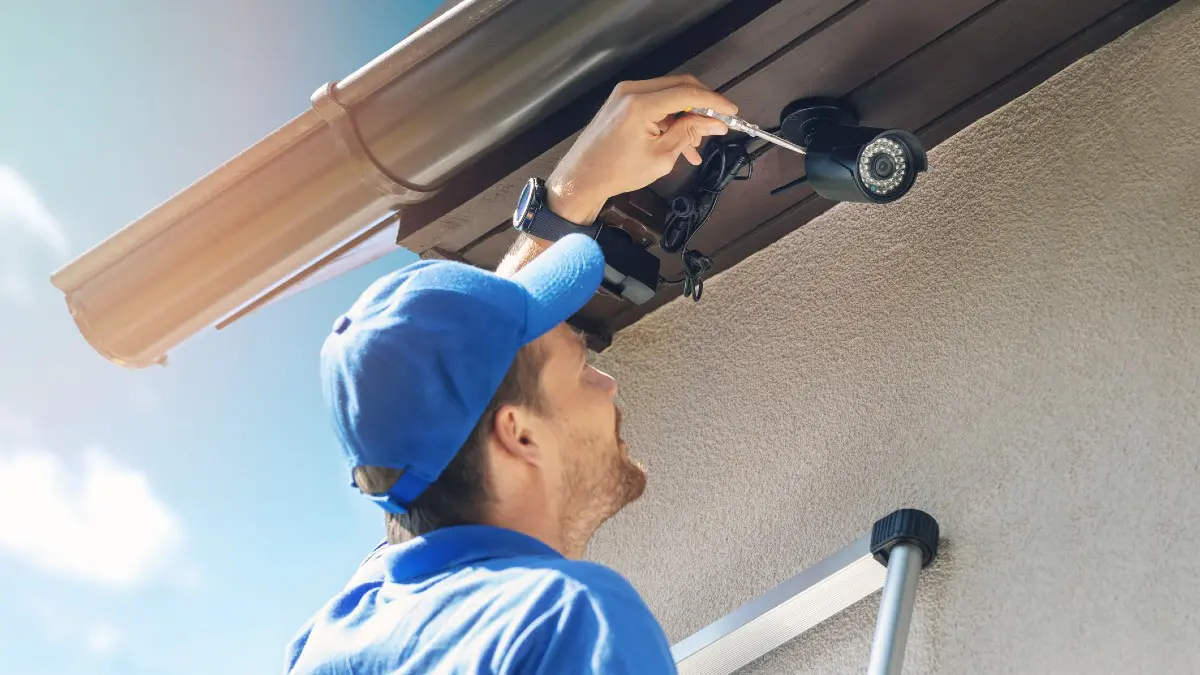
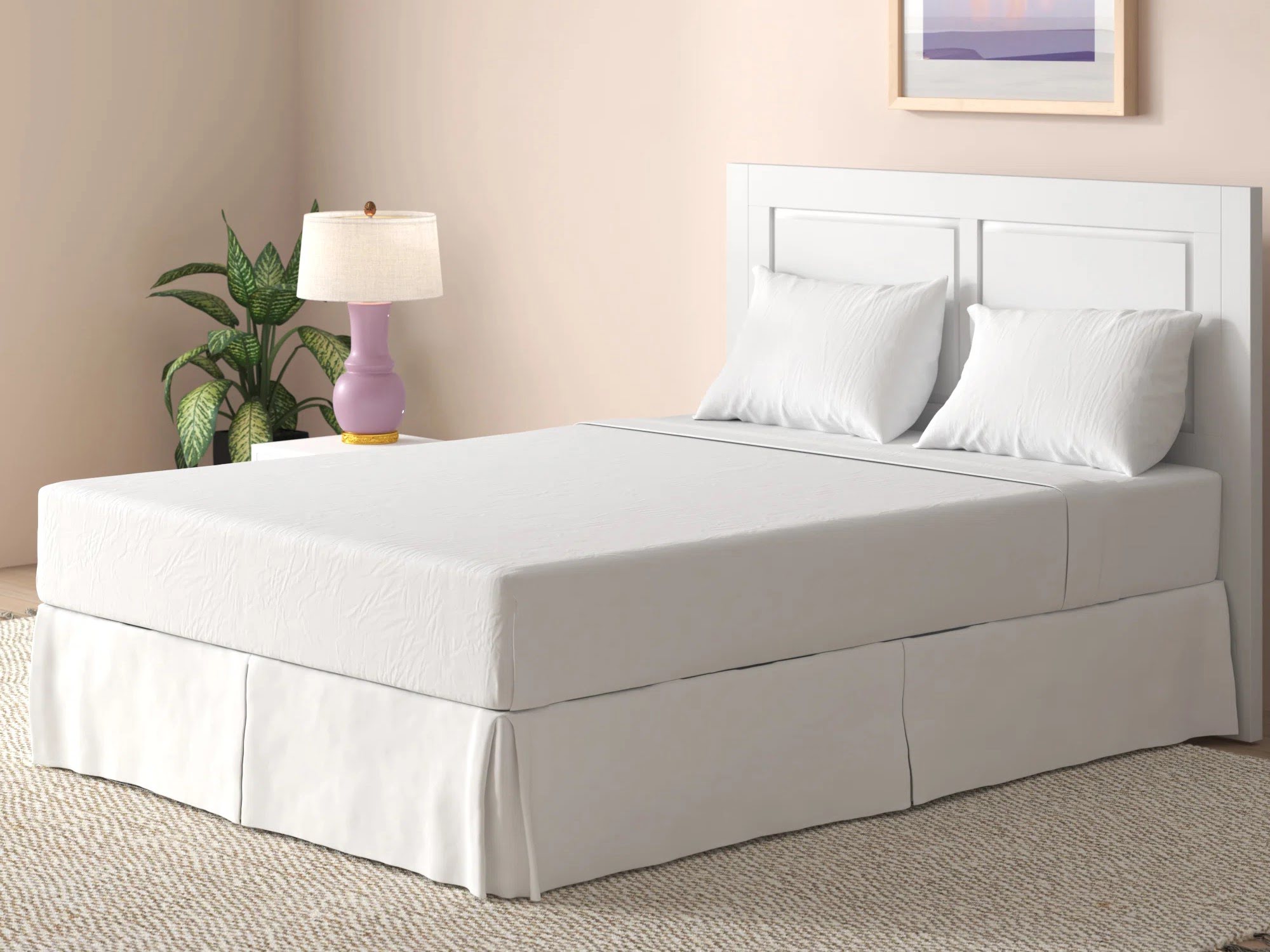
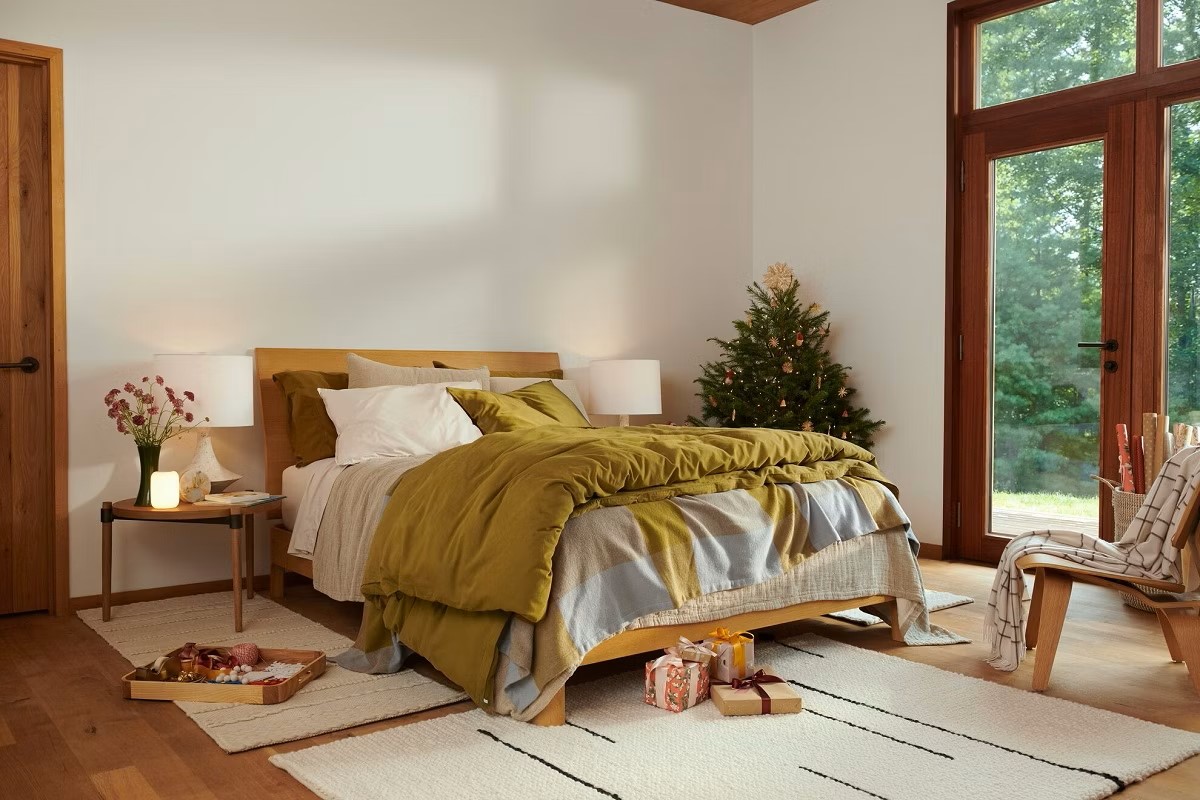
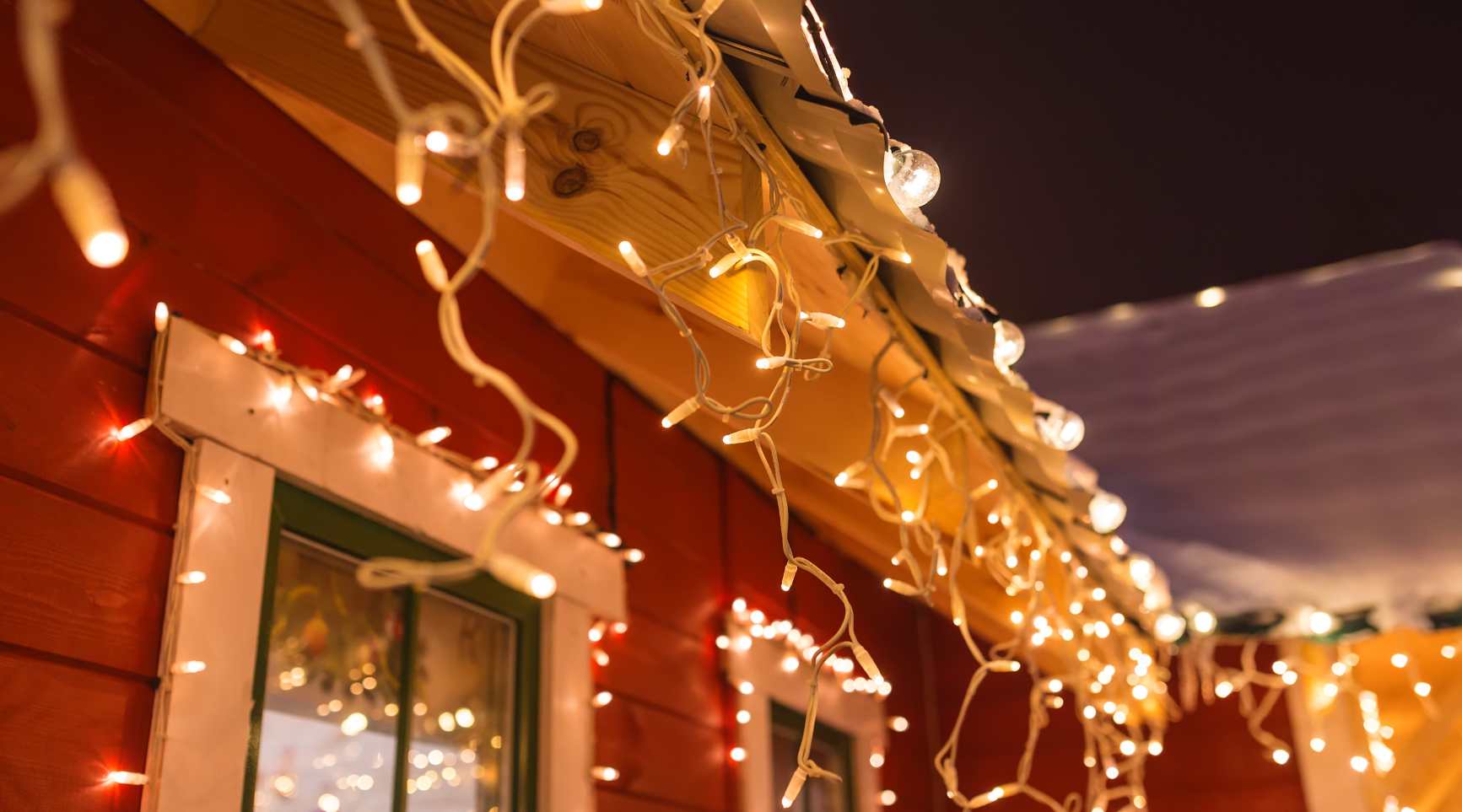

0 thoughts on “How To Hide Outdoor Utility Boxes”